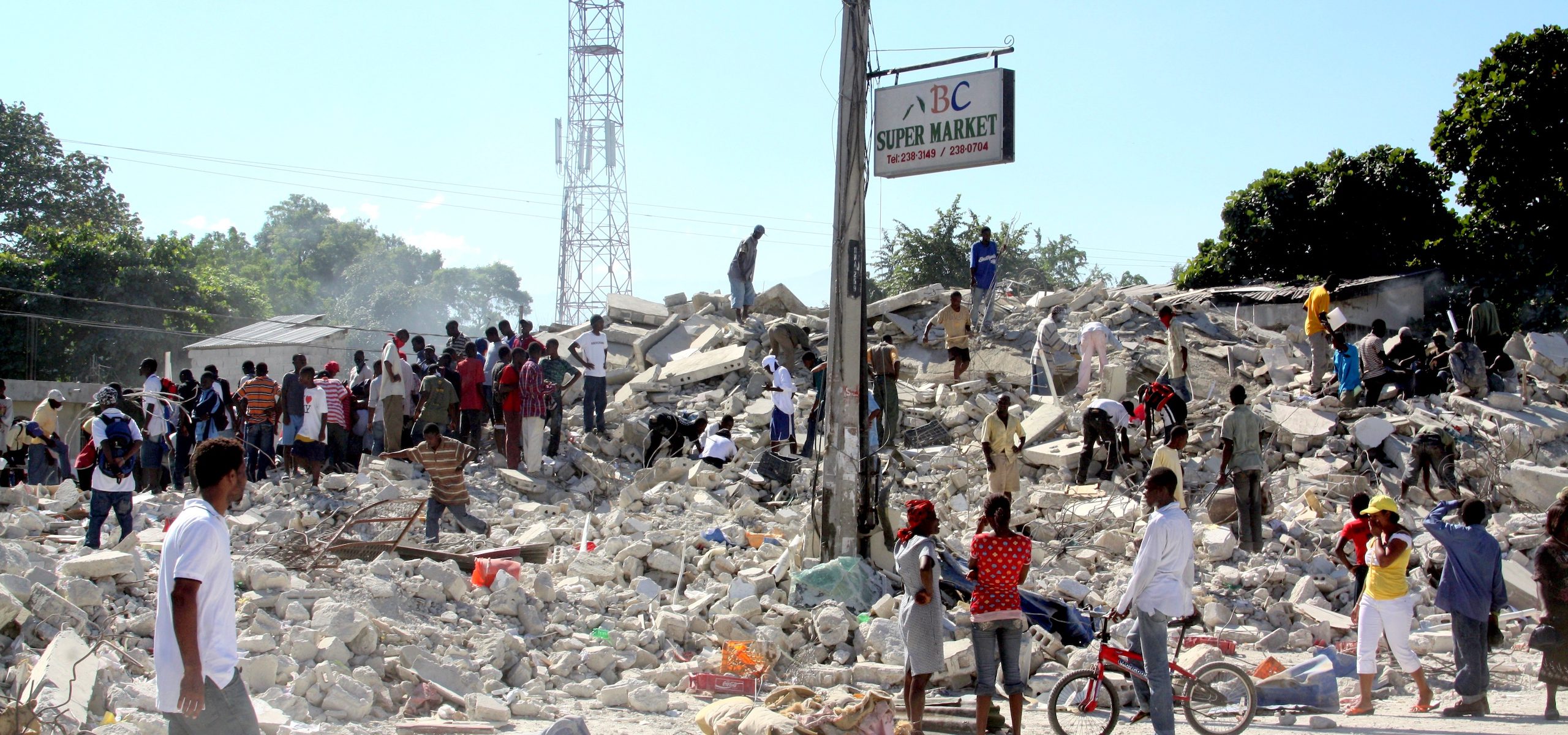Urban Environment
Humanitarian assistance in Urban Environments faces specific challenges directly influenced by environmental factors

Humanitarian assistance in Urban Environments faces specific challenges directly influenced by environmental factors
The 'Quick guides' contain key guidance on environmental issues relevant to six sectors of Food Security and Agriculture Sector, Basic Needs Sector, Health Sector, Education Sector, Protection Sector and Livelihood Sector of humanitarian response to population displacement. They underscore the opportunities to minimize negative environmental impacts during humanitarian action.
Mission report by the Ministry of Environment and Forest of Bangladesh on the environmental impacts of the refugee influx in Bangladesh.
This guidance accompanies the Environment Marker, and aims at giving specific guidance on mitigation measures for activities in “B”-coded projects (medium environmental impact). It provides additional sector-specific guidance, using the example of Sudan.
A technical brief by ACAPS on improving coordinated needs assessments to improve the quality and accountability of humanitarian response in urban areas.